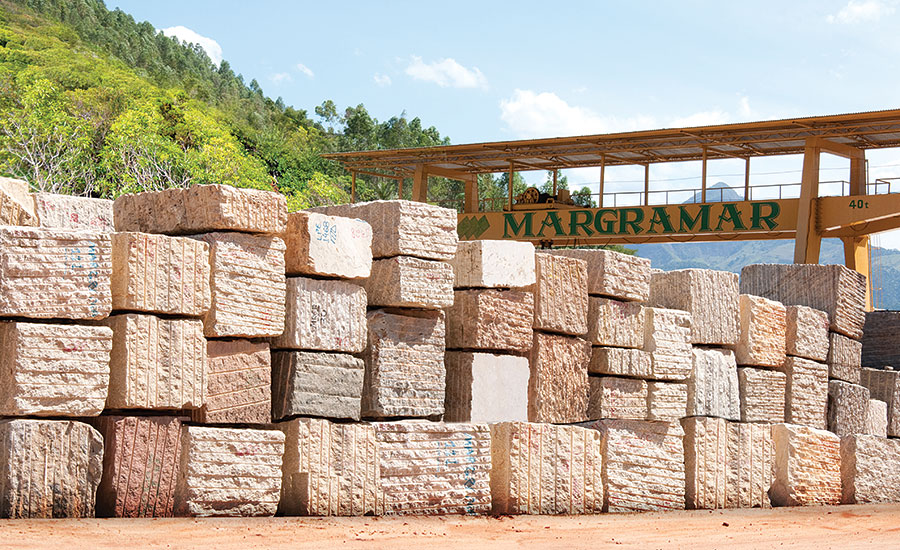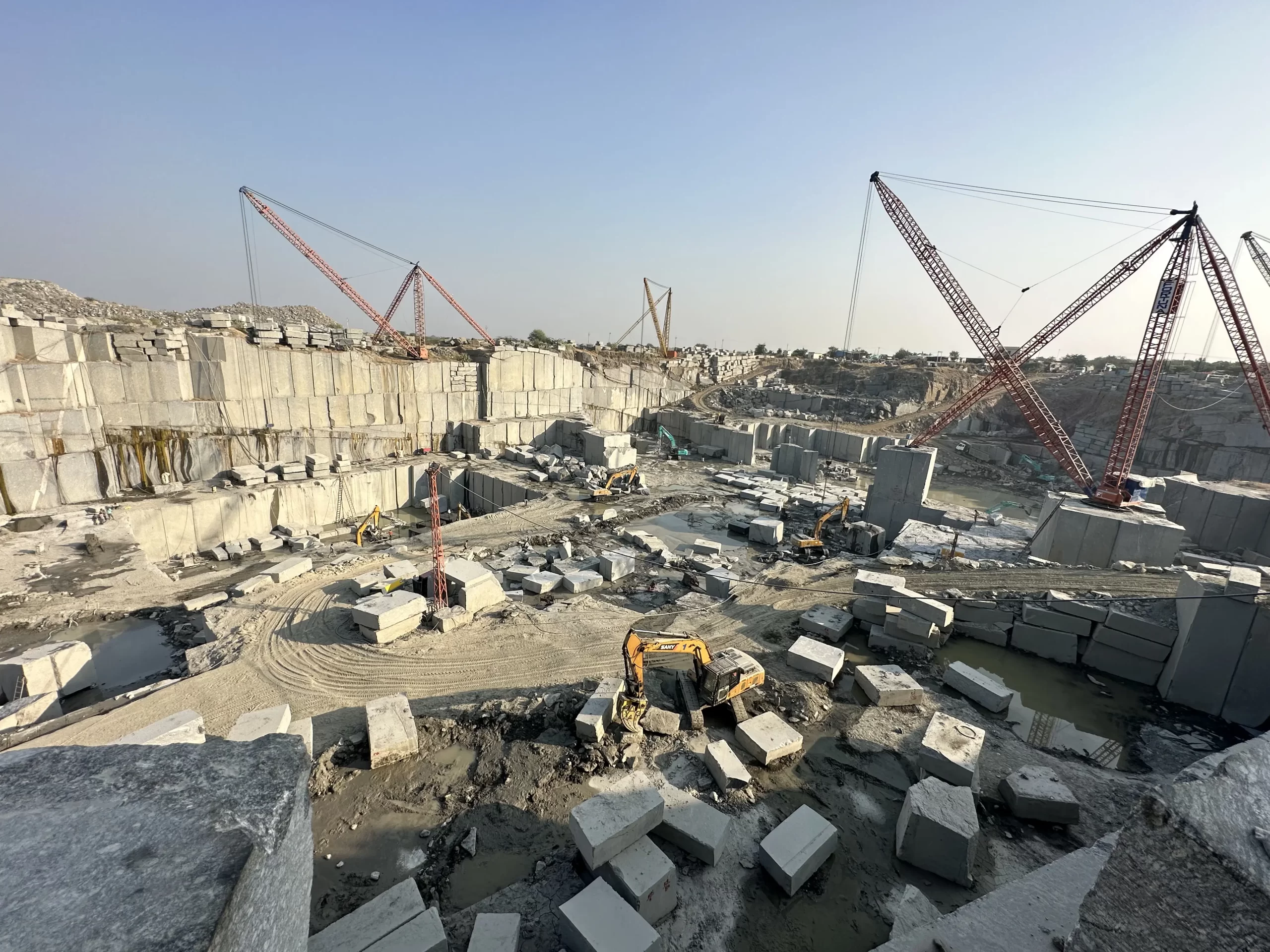Unveiling the Mysteries of Granite Quarrying: Where Stamina and Elegance Meet
The world of granite quarrying is a world where the raw toughness of nature converges with human creativity to produce frameworks that stand the test of time with an air of beauty. From the midsts of quarries to the thorough polishing in workshops, the process of transforming granite right into building wonders is a complex dance of custom and advancement. As we peer right into the midsts of this ancient craft, we begin to discover the concealed details that form the very essence of our built atmosphere.
The Beginnings of Granite Quarrying
In the record of building background, the beginnings of granite quarrying are shrouded in a tapestry of old workmanship and geological wonders. Going back to old Egypt and Mesopotamia, the removal of granite from quarries noted the start of a trip that would at some point lead to the creation of some of the world's most iconic structures.
Granite quarrying's roots can be traced to the experienced artisans who recognized the stone's resilience and aesthetic allure. Through a mix of primitive devices and large resolution, these very early quarry employees discovered granite blocks that would end up being the foundation of worlds.
As human beings evolved, so did the strategies of quarrying granite. The Romans, renowned for their engineering expertise, created advanced techniques for removing granite to construct monoliths, temples, and roadways that stood the test of time.
The tradition of these old quarrying practices continues to shape contemporary architecture, with granite staying a symbol of toughness and style in building and construction jobs around the globe. (granite quarries in south africa)
Devices of the Quarrying Profession
The development of granite quarrying techniques from old people to modern times highlights the crucial duty played by the devices of the quarrying sell shaping the sector's methods. In old times, quarrying devices were basic, frequently containing blades, hammers, and wedges made from materials like bronze or iron. These devices required substantial manpower and time to remove granite blocks from quarries.

In addition, the intro of pneumatically-driven devices and high-powered equipment has actually dramatically lowered the physical labor called for in quarrying procedures, boosting employee security and efficiency. As the quarrying market remains to innovate, the tools of the profession continue to be at the center of driving progression and forming the future of granite removal.
Drawing Out Blocks of Granite
Utilizing precision equipment and progressed methods, the extraction of granite blocks from quarries has actually come to be an innovative procedure in the contemporary quarrying industry. The first action includes identifying the location and dimension of the granite down payment to identify the most reliable removal approach. When an appropriate site is picked, the extraction process starts with the boring of holes for the positioning of dynamites. Controlled blowing up methods are then used to break apart the granite right into workable sections.

Sprucing Up and Completing Techniques
To attain a perfect surface area on granite blocks, experienced click here to find out more craftsmens employ a series of thorough polishing and completing strategies. After the preliminary removal and forming processes, the granite obstructs undertake an extensive sprucing up phase to enhance their natural beauty and sturdiness.
In enhancement to sprucing up, completing methods are applied to additional fine-tune the granite's appearance. By thoroughly selecting and applying these polishing and ending up strategies, craftsmens can change raw granite blocks into beautiful pieces that display both toughness and sophistication.

Environmental Influence and Sustainability
With the expanding focus on environmental awareness in the industry, granite quarrying techniques are increasingly looked at for their effect on all-natural resources and long-lasting sustainability. Quarrying for granite can have substantial environmental effects. The extraction process usually includes the usage of heavy machinery, nitroglycerins, and large amounts of water, bring about habitat damage, dirt erosion, and water contamination. Furthermore, the transport of site here granite from quarries to processing facilities produces carbon exhausts, even more adding to ecological destruction. granite quarries in south africa.
To mitigate these effects and make certain sustainability in granite quarrying, market stakeholders are embracing numerous measures. Carrying out advanced technologies to minimize energy intake and water usage, reclaiming quarried land for eco-friendly restoration, and promoting responsible sourcing practices are some techniques being utilized. Additionally, accreditations such as the Forest Stewardship Council (FSC) and the Management in Power and Environmental Style (LEED) assistance consumers identify environmentally friendly granite products.
Verdict
To conclude, granite quarrying is a process that calls for specialized tools and techniques to remove blocks of granite and polish them to a high degree of surface. While the environmental influence of quarrying can be considerable, initiatives are being made to enhance sustainability practices in the market. In general, granite quarrying is a fragile balance in between utilizing the toughness and sophistication of this natural rock while minimizing its influence on the environment.